
Laughlin
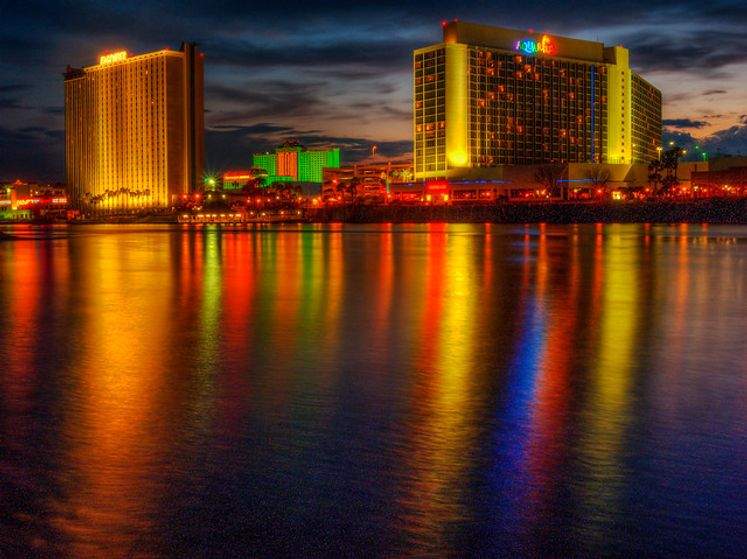
"Down by the River: Laughlin, Nevada" by Beau Rogers is licensed under CC BY-NC 2.0.
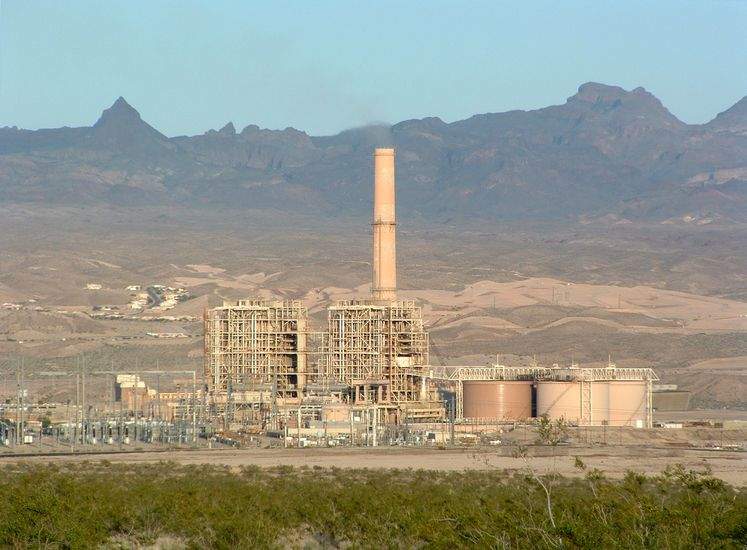
Mohave Generating Station. The plant began operating in 1971, closed in 2005, and was demolished in 2011. Was located at 655 Bruce Woodbury Drive, Laughlin, Nevada. On June 9, 1985, a steamline carrying 1000 degree steam burst open near the control room at the Mohave Generating Station. Ten people were injured. Six people were killed.
"Mohave Generating Station" by Kjkolb is licensed under CC BY-SA 3.0.
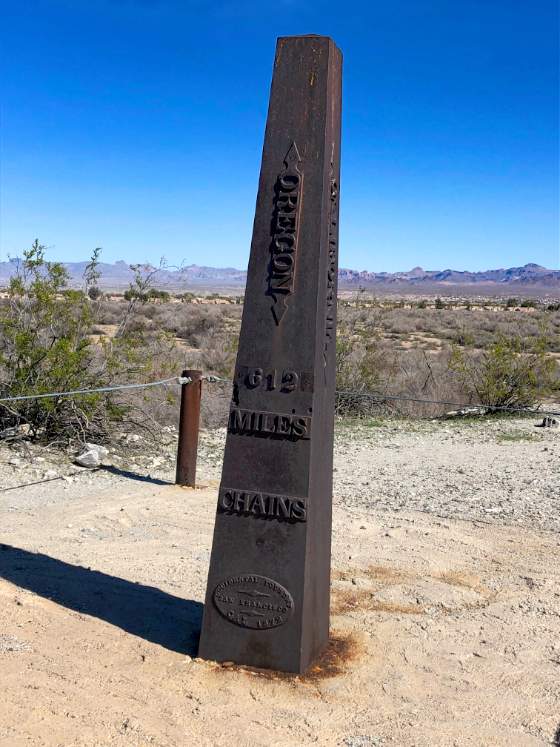
Von Schmidt State Boundary Monument. Erected in 1873.
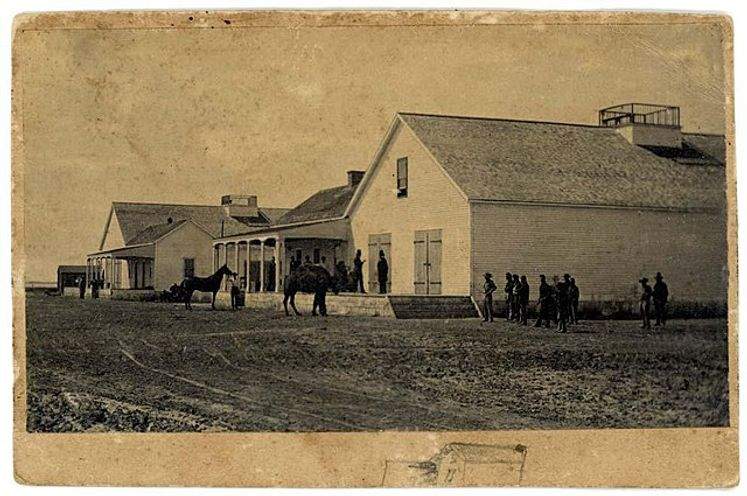
This photo dates back to the 1860s.
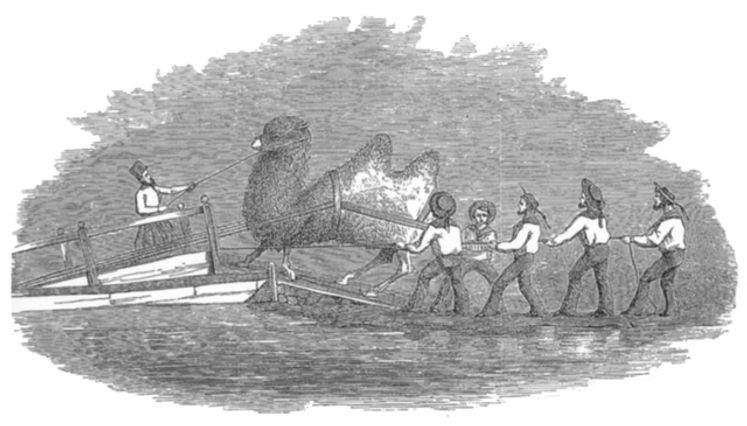
Gwinn Heap illustration for Jefferson Davis' report to the Senate in 1857.

Francisco Hermenegildo Tomás Garcés, Order of Friars Minor (1738-1781).
"During the building of Davis Dam, the Nevada side of the river here became known as Tristate. In 1964, Don Laughlin was looking for an investment opportunity. He had sold his 101 Club in North Las Vegas, and flew over a closed saloon and motel across the Colorado River from Bullhead City, Arizona. Laughlin saw a possibility, and purchased the motel, saloon and six acres along the Colorado River. His vision was a Las Vegas south, with casinos and hotels lining the river. In 1966, Laughlin opened the Riverside Hotel and Casino, which became the nucleus of a new gaming resort community. When a name was needed for the new post office, postal authorities chose Laughlin. Today Laughlin boasts ten gaming resorts, a population over 10,000 and is a popular destination in southern Nevada."
(Queho Posse Chapter 1919 E Clampus Vitus)
"This marker commemorates the iron column erected in 1873 at the southernmost tip of the boundary survey line run by Alexey W. Von Schmidt, U.S. astronomer and surveyor. The line dividing Nevada and California was based on preliminary geodetic work by Lieutenant Joseph Christmas Ives. Ives determined the Colorado River end of the proposed oblique California-Nevada boundary. Von Schmidt calculated and ran the first complete survey of the boundary. His solar observations erred slightly, the actual line now being ¾ mile to the north."
(Nevada Historical Marker 188)
"In 1855, Congress authorized $30,000.00 for camels as frontier military beasts of burden because of their adaptability to desert heat, drought, and food.
Lt. Edward F. Beale surveyed the wagon route from Fort Defiance, New Mexico, to the Colorado River near the tip of present-day Nevada, testing the fitness of these camels. They crossed the Colorado River into what is today Nevada, north to Fort Mohave, October 18, 1857.
The experiment was not practical, but several of Beale’s camels hauled commercial freight from Sacramento to the Nevada territory. Others carried salt, ore, and supplies through central Nevada.
Careless treatment, domestic stock incompatibility and new transportation methods ended use of camels. Some were reportedly seen years later wandering in southwest deserts, making them a fixture of western folklore."
(Nevada Historical Marker 104)
"After the United States government's successful experiment with camels in the west in 1857, entrepreneurs saw possibilities in the ungainly beasts for carrying supplies. In addition to the government's camels, which were sold off by 1864, two private shipments were brought in to Texas, and three into San Francisco, with over 200 eventually imported. Companies were formed to utilize camels from British Columbia to Mexico. In Nevada, civilian use of camels included transporting salt and lumber to the Comstock, and later running caravans through southern Nevada to Arizona. When business slowed, the camels were let loose in the desert where they flourished, until some local tribes and settlers discovered their meat was good to eat. Though still seen as late as the early twentieth century, camels eventually disappeared from the desert southwest, but their memory lived on in tales told around the campfire."
(Queho Posse Chapter 1919 E Clampus Vitus)
"Seeking to open a land route between the missions of Sonora and California, Fray Francisco Hermenegildo Garcés, OFM, a Franciscan missionary priest and explorer, was the first European to enter the present boundaries of Nevada. He departed mission San Xavier Del Bac near Tucson in October of 1775, and by late February of 1776, the Spanish Franciscan friar had reached the Mohave villages located just south of this location [Laughlin] on the banks of the Colorado river. Garcés was now traveling in areas never before seen by a non-native American.
Relying on Native American guides, he walked from village to village. The Mohave agreed to lead him to the pacific coast along a route used for trade purposes. It was from this general location [Laughlin], on March 4, 1776, accompanied by four natives, that Garcés left the banks of the Colorado and set out across the Mojave Desert; he reached Mission San Gabriel Arcángel 20 days later. Upon his return, he again visited the Mohave villages in this vicinity in May of 1776. His route followed a much older prehistoric trail used to bring shells and other trade goods to the tribes of the desert and mountain west. On July 19, 1781, in a Quechan revolt against Spanish forces, Father Garcés was killed at La Purisima Concepción Mission near the Yuma crossing. Padre Garcés’ body was later interred in the Franciscan church of the Colegio De La Santa Cruz, Querétaro, Mexico.
“Greater love hath no man than this - that a man lay down his life for his friends.”
Excerpts from Father Garcés’ diary
“I proceeded three leagues on the course northwest with some turns to the west-northwest. I observed this locality to be in 35° 01', and I named it San Pedro De Los Jamajabs. In this situation and that below there are good mesas for the foundation of missions, and though they are near the river, they are free from inundation”.
Father Garcés’ Entrance into Nevada (March 3, 1776)
“March 4, on which was made the observation noted on the 3rd day. I departed, accompanied by three Jamajab Indians and by Sevastian, on a course southwest, and at two leagues and a half arrived at some wells [which I named Pozos De San Casimiro]. There is some grass”.
Father Garcés’ Departure from Nevada (March 4, 1776)"
(Nevada Historical Marker 140)
"Born in Spain, on April 12, 1738, Francisco Tomas Hermenegildo Garcés, a Franciscan missionary, was the first European and the first priest on record to enter this sector of Nevada which is now in the diocese of Las Vegas. He offered the first mass in the southern part of the state near Laughlin when, in the course of his explorations during 1775-76, he ventured up the Colorado River, his missionary efforts on the road to California led to his martyrdom, on July 19, 1781, near the juncture of the Gila and Lower Colorado Rivers. His remains were interred at Mission San Pedro Y San Pablo de Tubutama in Sonora, and later transferred to Collegio De La Santa Cruz in Queretaro, Mexico. In recognition of his cultural and religious contributions to what is now the United States, we [The International Order of Alhambra] have declared this cathedral [Guardian Angel Cathedral] a National Catholic Historical Site during this one hundredth anniversary year [2003] of our order."
(The International Order of the Alhambra)
Big Bend of the Colorado State Recreation Area established in 1996.